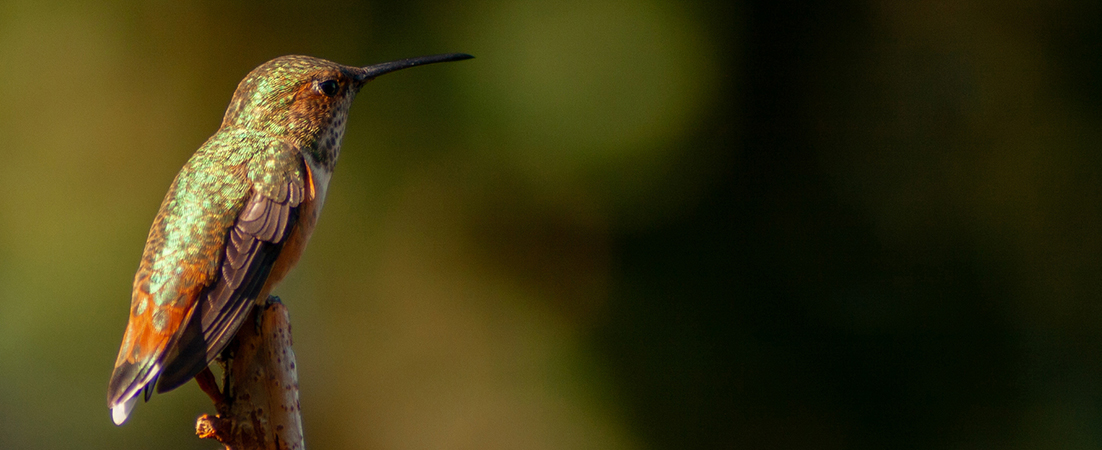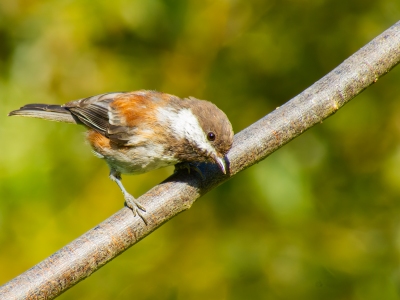
Galleries
Here are the photos! Enjoy!
The Chestnut-backed Chickadee (Poecile rufescens), formerly Parus rufescens, is a small passerine bird in the tit family, Paridae.
It is found in the Pacific Northwest of the United States and western Canada, from southern Alaska to southwestern California. It is a permanent resident within its range, with some seasonal movements as feeding flocks move short distances in search of food. They usually move to lower elevations in the same area upon onset of winter and move back up to higher elevations in late summer.
Its habitat is low elevation coniferous and mixed coniferous forests. In the San Francisco Bay Area this bird has readily adapted to suburban settings, prompting a range expansion. It is a cavity-nester, usually utilizing an abandoned woodpecker hole, but sometimes excavating on its own. Chestnut-backed chickadees use much fur and hair to make their nests. Their nests are actually 50% fur and hair. The most common hair they use comes from deer, rabbits, and coyotes. The adult chickadees also make a layer of fur about a centimeter thick which is used to cover the eggs on the nest whenever they leave the nest. It lays 5–8 (sometimes 9) eggs per clutch.
Its food is largely insects and other invertebrates gleaned from foliage. Chestnut-backed chickadees take some seeds, especially those of conifers, and fruit. It will visit bird feeders, including hummingbird feeders, and especially loves suet.
